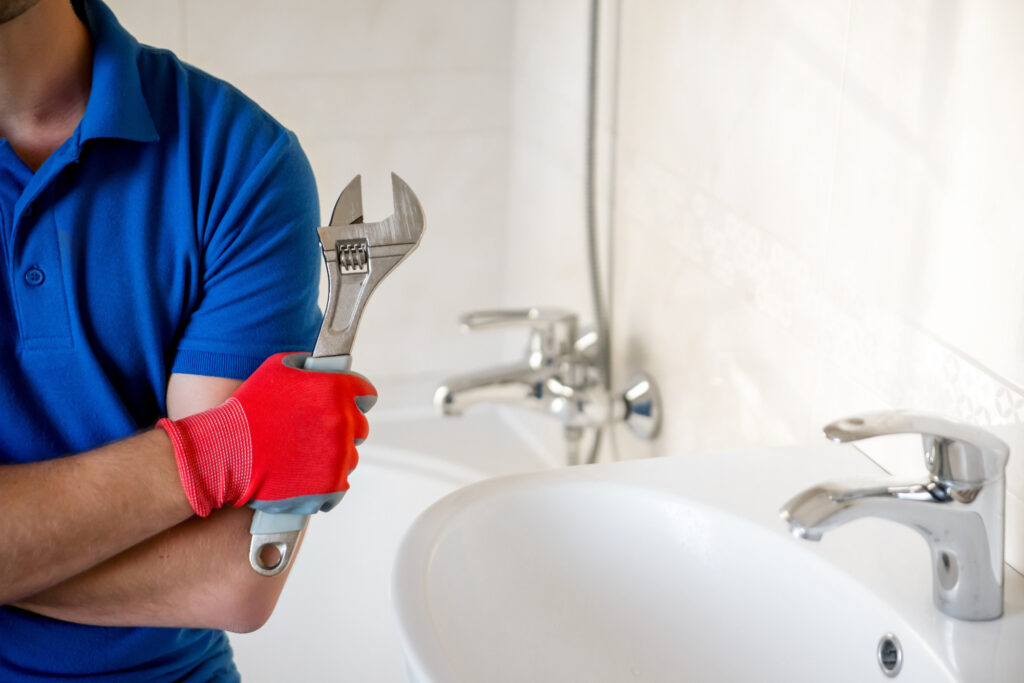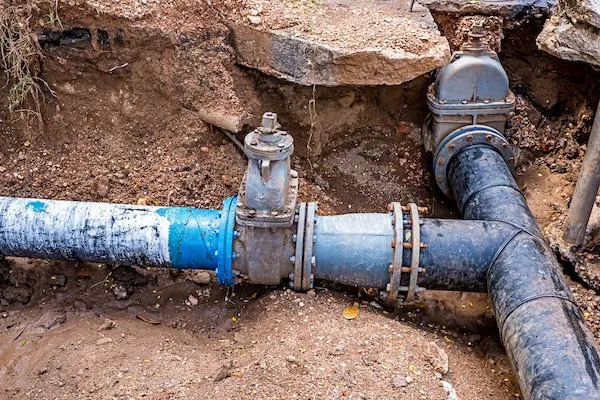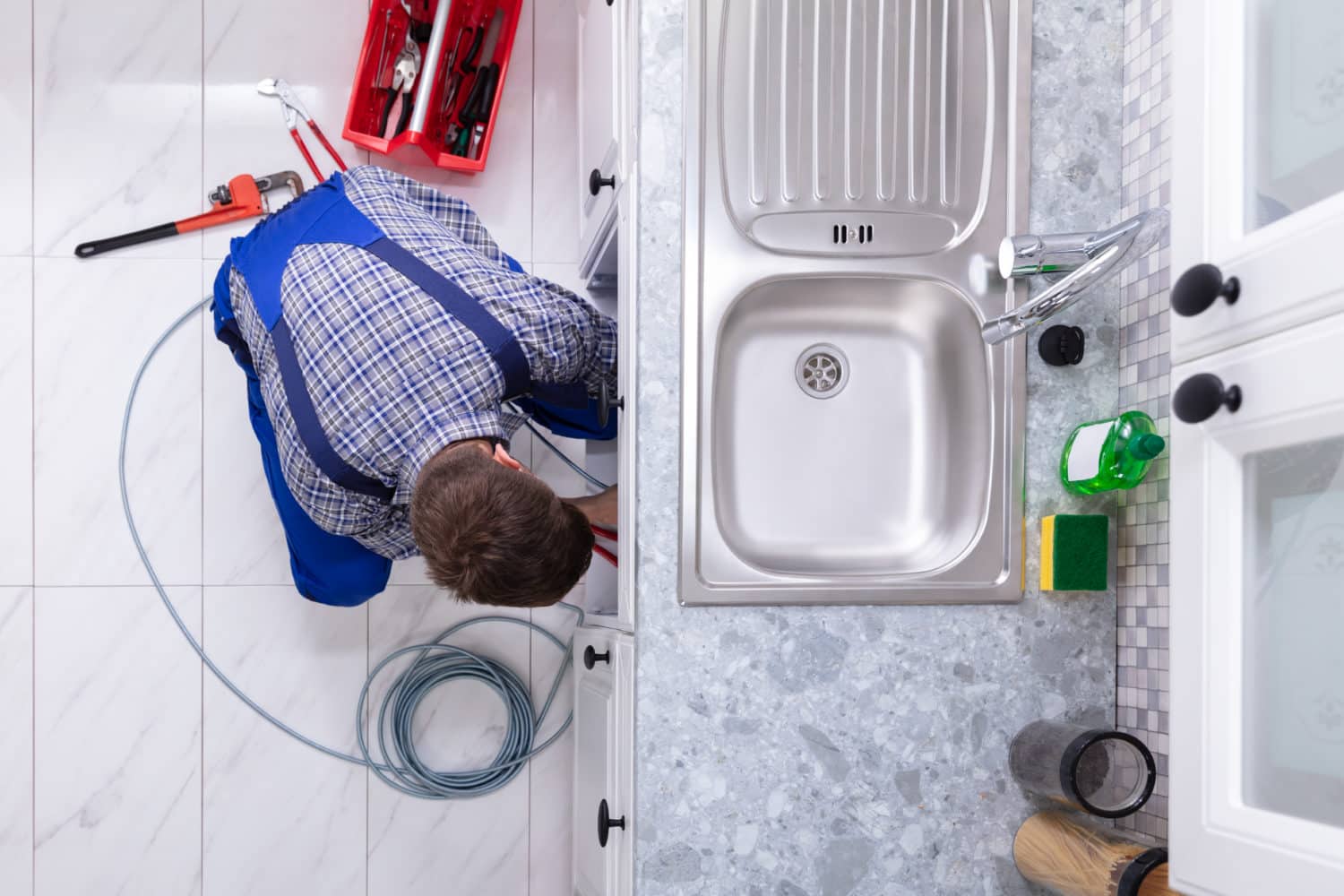A septic tank repair requires expert service and may be expensive. Reduce the cost of the repairs by scheduling regular maintenance visits and reducing wastewater use. This includes using water-saving appliances and staggering showers and laundry. Also avoid flushing dyed toilet paper, paper towels, feminine hygiene products, and personal sanitary wipes.
Repairing the Sump Lid
A septic tank is designed to separate solid waste from wastewater. The waste goes into the tank where naturally occurring bacteria digests the organic materials. The solids are then separated from the liquid wastewater that drains into a disposal drainfield.
Odors are the first sign of an issue with your septic system. A strong odor coming from the drains or toilets indicates that the bacteria inside the septic tank are not working properly. This could be because of a clog in a drain line or an internal septic tank problem such as a baffle that isn’t operating correctly or the tank is full.
A septic tank lid that is leaking or missing can be dangerous. It can allow children or pets to fall in, which is a serious hazard. If you suspect your septic tank is leaking, check the access cover regularly for signs of wear. Keeping the lid repaired and marked will make it easier to access for tank pumping or when a home inspector visits your property.
Repairing the Line
As sewage enters the septic tank, it funnels down through an inlet baffle opening to avoid disturbing the scum layer. Occasionally, this line can get blocked by solids that wash away into the drain field. The first sign that something may be wrong is slow-draining plumbing fixtures, which can indicate a blockage somewhere in the home’s drain system.
Sewage lines are buried, usually from 6 inches up to 4 feet underground. They are prone to damage from vehicle traffic, weather and even tree roots. Whether the pipes are concrete or plastic, they should be repaired promptly to prevent further damage.
It’s important to save any maintenance records you have on your septic tank. This can help you identify potential problems and repair them before they become a major issue. It’s also a good idea to have your septic tank checked for leaks, sludge levels and damage on a regular basis. This will keep the biological processes within the tank running smoothly.
Repairing an Overflowing Tank
A septic tank is a buried, water-tight container made of concrete, fiberglass or polyethylene and holds household wastewater from toilets and sinks (blackwater) and tubs, showers and laundry machines (greywater). It holds the wastewater long enough for solid waste to separate from liquid. Weighty masses like sludge sink to the bottom, floatable wastes including oils and grease rise to the top as scum, and semi-buoyant waste particles settle in the middle. Bacteria break down these solids and the resulting liquid wastewater is known as effluent.
A septic system works best when it is used as intended with regular inspection and maintenance. Pump the tank every three to five years and only flush materials that can be broken down by septic-safe bacteria. Avoid putting any non-septic safe products into your drains and toilet, such as diapers, tissues, paper towels, grease, lard or cat litter. Do not build structures over your drainfield, such as a shed or children’s play structure, and never drive on or park on the drainfield.
Replacing Parts
There are a number of ways your septic system can break down. Overloading it with non-septic friendly toilet paper and waste can clog drains and cause sewage to back up in toilets. Over time, it can also crack the tank itself or damage the reserve drainfield. Heavy rains can flood the drainfield, causing it to compact and block the flow of wastewater.
Other signs of septic tank problems include sewage smells coming from drains and toilets or standing water in your yard. If you notice that your septic system is leaking, you may want to call a professional to inspect it. A quick response to septic system issues can prevent costly repairs and help it last longer. A septic system is one of the most important parts of your home, so it’s important to take care of it and keep up with regular maintenance to make sure it keeps working at its best. Clallam County Environmental Health (CCEH) offers a free online septic system information sheet and has a Septic System Owner’s Manual available on their website that describes how septic systems work and provides tips for proper use.



